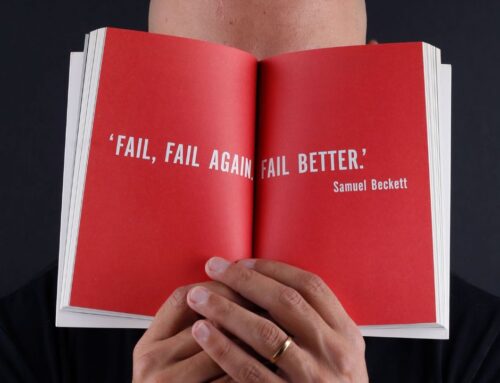It may not be plain to see but I like to break down training, irrespective of an individuals’ overall fitness goal to four key areas. These are Preventative Training, Maintenance Training, Progressive Training and Recovery.
Some of you self-trainers out there may be familiar with one or more of these ideologies but I can almost guarantee that if you’re going to overlook one element, it’ll be the recovery part whether you’re a new starter, an old stalwart or a conditioned athlete.
For many people, recovery days seem to be surrounded by guilt, and an ill feeling that you may be railroading your progress by not being ‘on it’ but that doesn’t mean they shouldn’t be done. Recovery sessions have many great benefits, they allow the cells in the body to repair and replenish their energy levels, they allow your muscle tissue to heal and become stronger which in turn will make it difficult to damage them in the future with similar workloads. Recovery also allows your immune system to stay strong and fight off infection and illness. Chances are you’ve all developed a sniffle or tickly cough as a result of extended training periods, but this is potentially harmful as you will be forced to rest up if you ignore simple signs like this, and general lethargy. Theoretically structuring 1 quality rest day in every 7 to 10 days of your plan would be way more beneficial than having to take 7 to 10 days rest because you’ve overreached so much your body has just broken down.
As I said above, a rest day isn’t a bad thing. It is a must have in any plan, whether you’re trying to prevent, maintain or progress something to help you uphold and achieve your goals.
Recovery sessions come in many forms and they’re different for different types of keep fitter. For me, swimming, cycling and running 200 to 300 mile per week wouldn’t be made any less stressful by taking on a recovery cycle, or a recovery swim or a gentle run but for the weightlifter these would be totally fine. As an endurance enthusiast or athlete your recovery should be focused around mobility and stretching because the movements associated with sport are generally repetitive and in the same plane, meaning the same muscles get worked in the same way, the same muscles get weak, and the same muscles break down. As a ‘lifter’ you would benefit from low intensity cardio such as a jog or a walk, or a bike ride or a swim just for cardiovascular health. Mobility shouldn’t be a massive problem with somebody lifting weights as part of a balanced program, if you do have problems with mobility as a weightlifter then now is a good time to double check the balance of your training.
Honestly, I much prefer to do nothing outside my normal working day which entails setting up and clearing up weights for clients. If I’m feeling particularly tight or sore in some areas I conduct some foam rolling and mobility exercises to break down the knots in my muscles, increase the muscles surface area which increases the blood flow and improves recovery times. It is worth being mindful of your nutrition at this point, if we’re looking to optimise recovery in this short window then it is best to use sources that will do just that. It is best to use sources that your body can breakdown and utilise quickly and effortlessly. This means consuming foods low in fat, fibre, simple carbohydrates (easily broken down) and quality protein such as whey protein. Even though a steak or chicken breast packs the same protein clout as a quality protein shake, your body breaks whey down so much quicker, meaning you will recover faster. There’s no shame in taking it easy. Conducting your normal daily activities outside of your training and exercise regime should be fine to keep things mobile as your body recovers. The 24 to 36 hours of doing minimal would make so much difference to your hydration, your energy levels, your mood and general outlook on what you’re trying to achieve. Much much more than the poultry 40 minute ‘effort’ you haven’t really got the resources to back up anyway. The return of a good rest day investment is having a fresh body and mind to further tackle your fitness goals.
In short, even though I listed recovery as the 4th element, it should be taken onboard to complement the training program as a whole, as opposed to being constantly cast aside whilst you feed the false economy of ‘catching up’ lost time and potentially doing yourself serious harm.
Stress. Rest. Repeat.
If recovery is something you struggle with, look out for the next series of posts when we will cover our top 5 ways to assist recovery and keep on track.
Jake







 >
>

Leave a Reply